NASA Astronomy Picture of the Day 4 January 2023: Cometary Globule seen near a galaxy
NASA’s Astronomy Picture of the Day is a mesmerizing picture of a star-forming region which resembles comets, known as Cometary Globules.
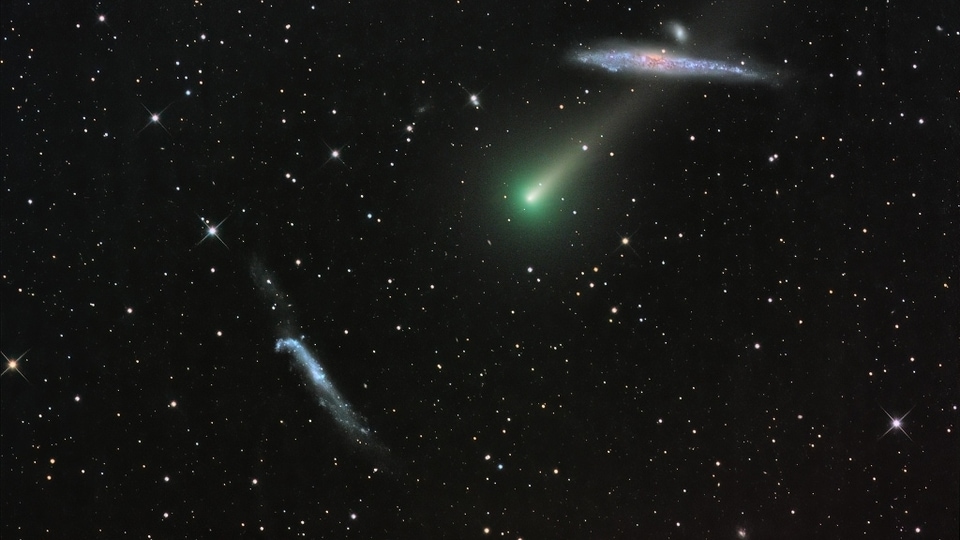
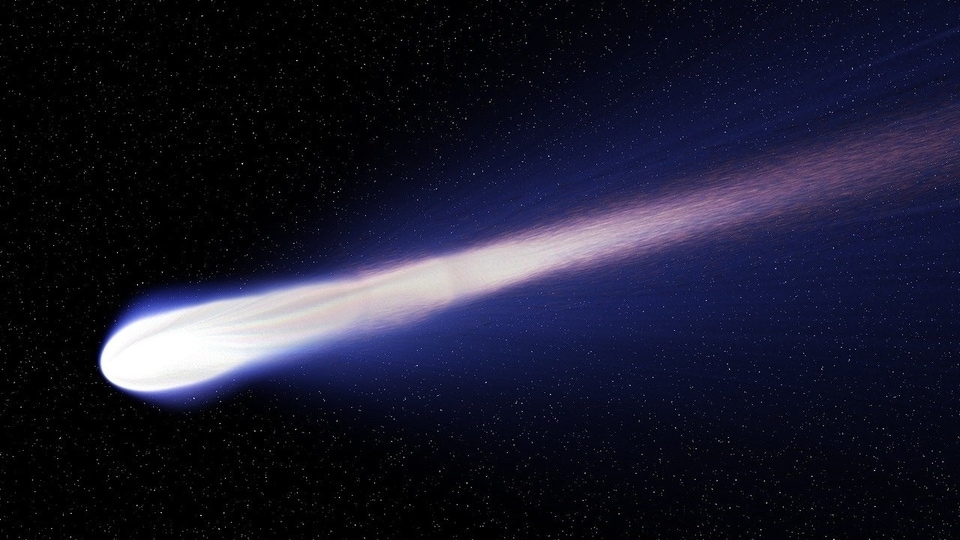
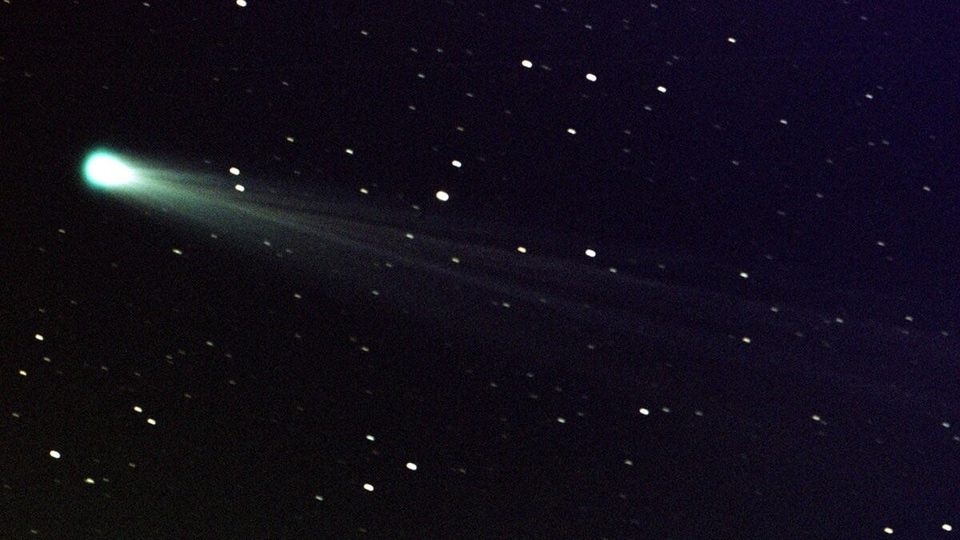
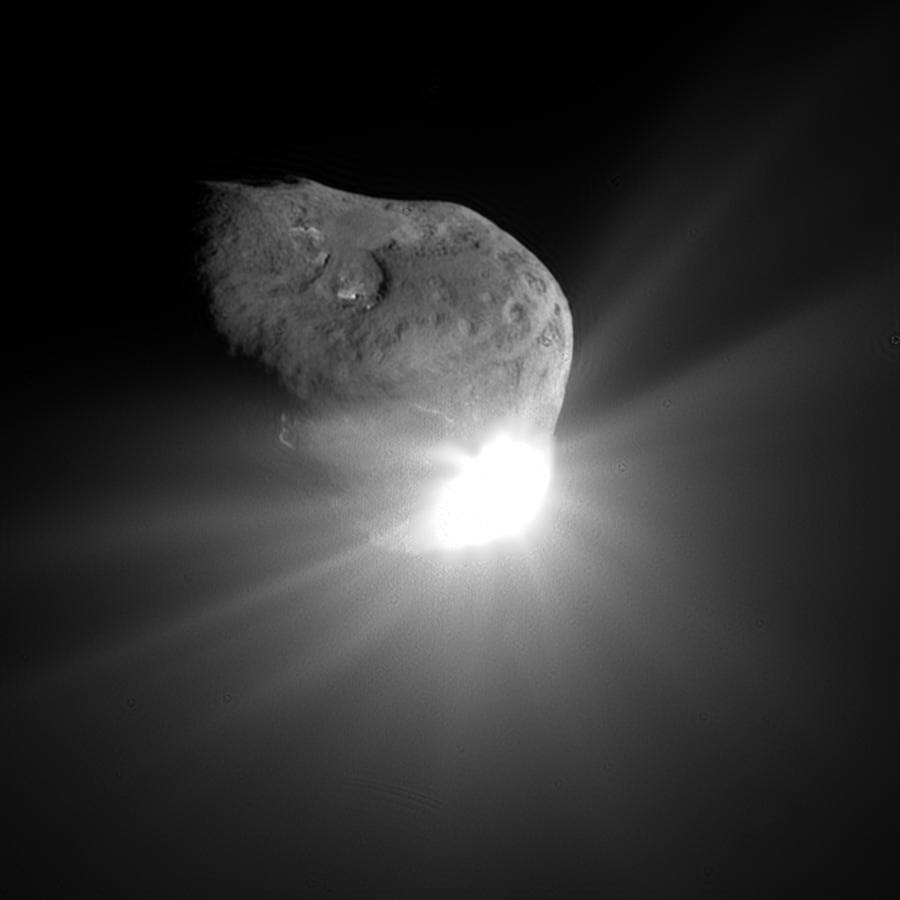
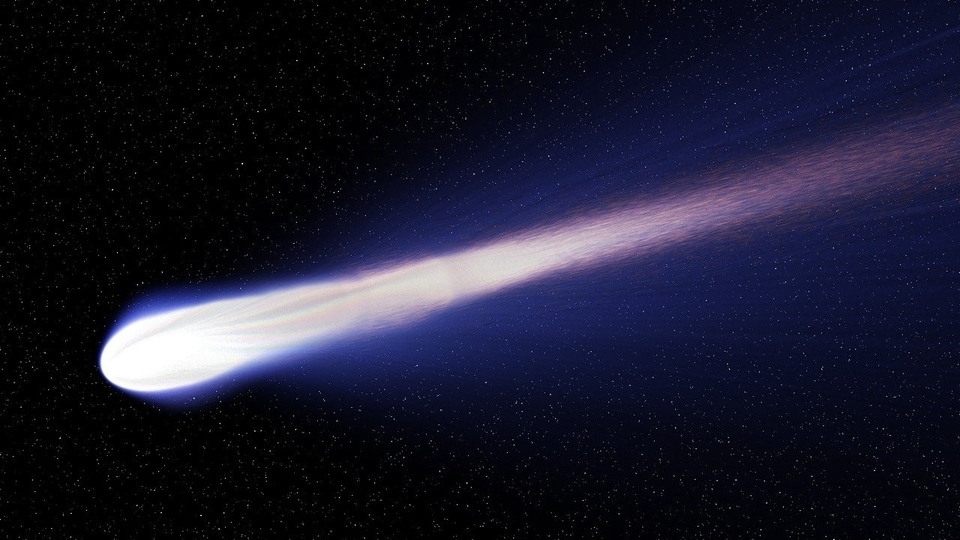
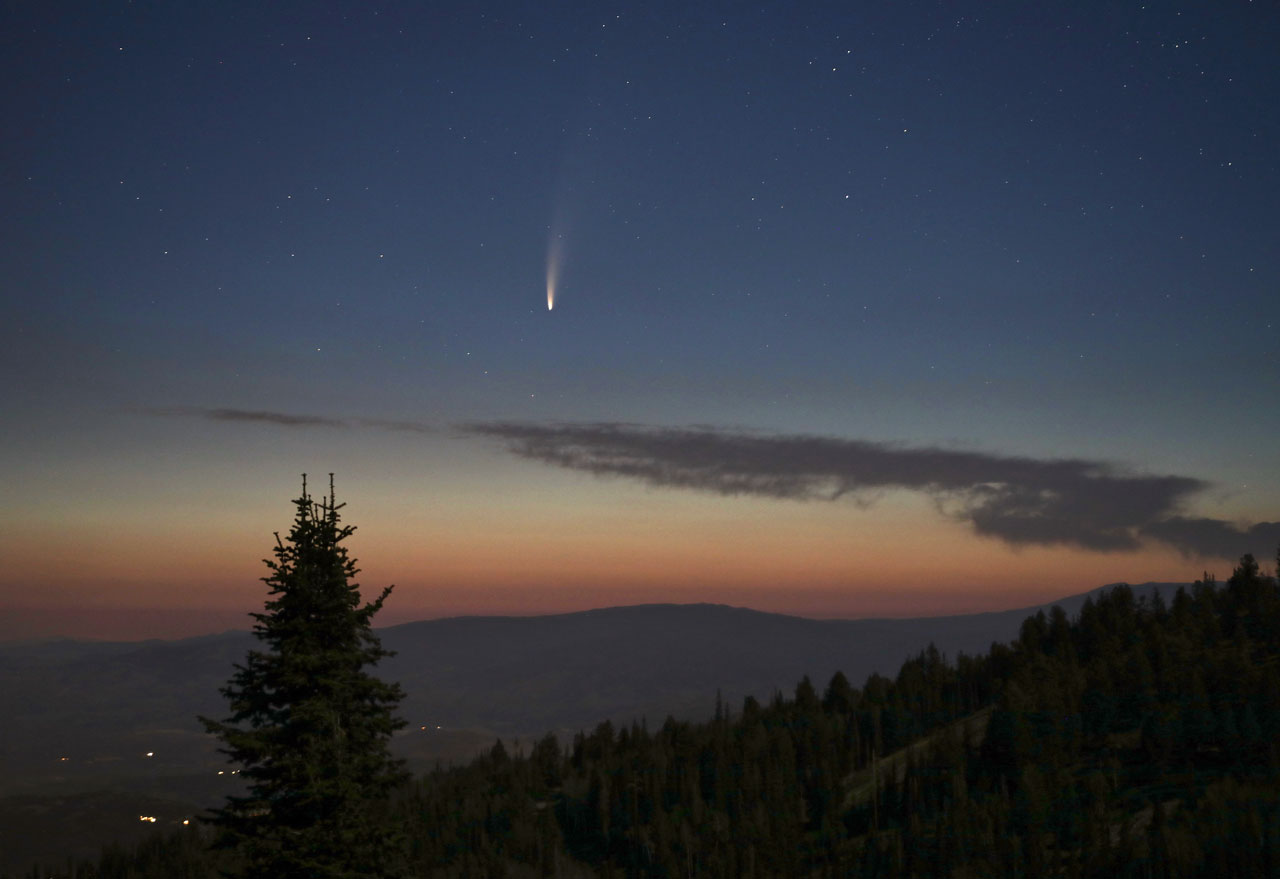
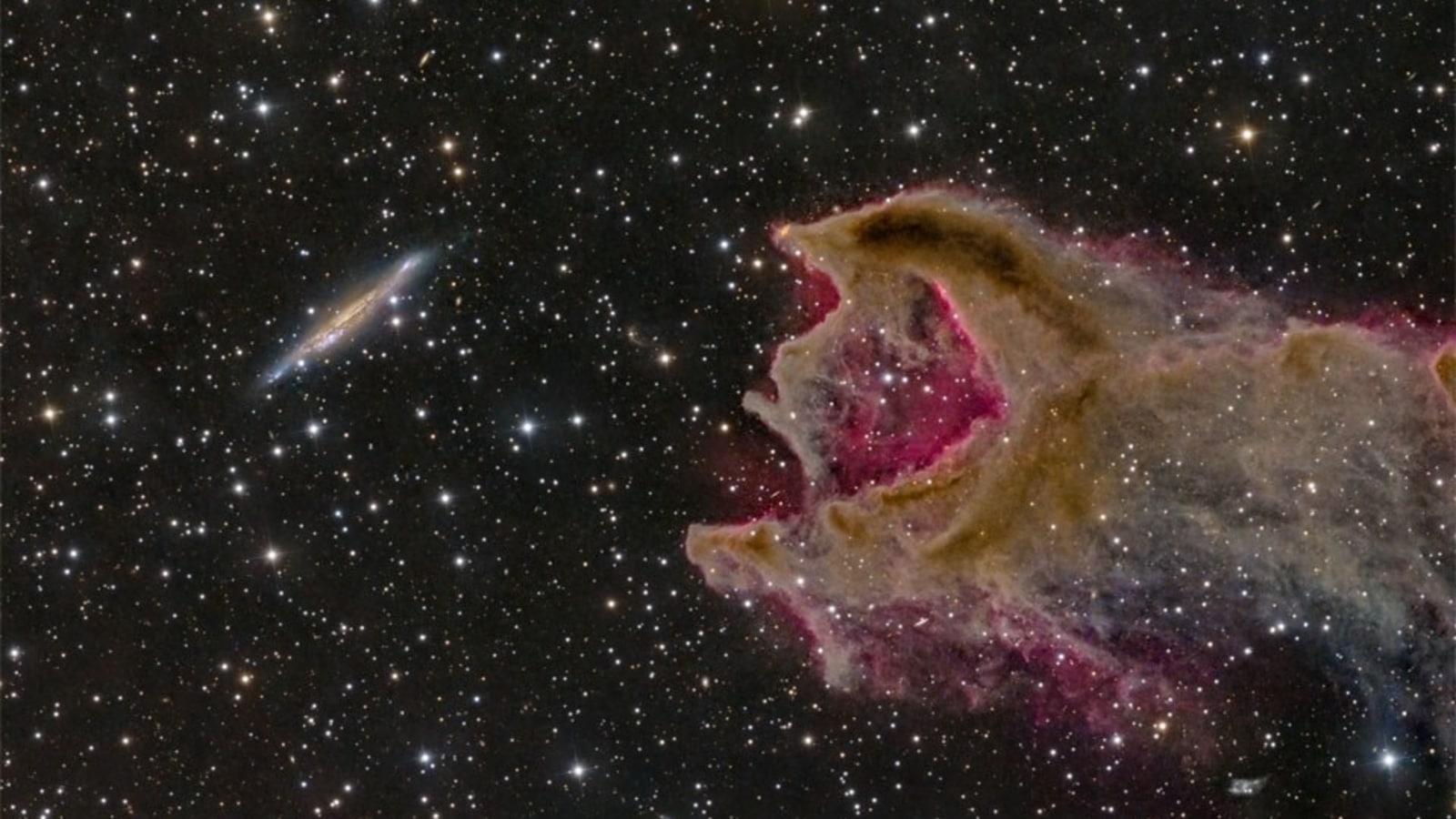
 View all Images
View all ImagesCometary Globules are small clouds of gas and dust in the Milky Way Galaxy. What's striking is that these globules have morphology just like comets. They have compact and opaque heads with long and luminous tails. According to NASA, the globules are most likely dense clumps of gas and dust that existed before the hot, massive stars were born. But once the stars began to irradiate and destroy their surroundings, the clumps became visible when their less dense surroundings were eroded away. They are hydrogen-rich and consist of carbon oxides and helium.
Like Nebulae, globules are also the birthplace of stars. They are known to be one of the coldest objects in the Universe. One such globule is CG4, referred to as the God's Hand. It is a star-forming region in the constellation Puppis, located nearly 1300 light-years away from Earth in the Gum Nebula. NASA's Astronomy Picture of the Day is a stunning snapshot of CG4. The mesmerizing image was captured by Mike Selby and Mark Hanson who are astrophotographers. According to NASA, CG4 is made up of dense and dark matter and it is illuminated by a glowing star nearby.
NASA's explanation of the image
Can a gas cloud eat a galaxy? It's not even close. The "claw" of this odd looking "creature" in the featured photo is a gas cloud known as a cometary globule. This globule, however, has ruptured. Cometary globules are typically characterized by dusty heads and elongated tails. These features cause cometary globules to have visual similarities to comets, but in reality, they are very much different. Globules are frequently the birthplaces of stars, and many show very young stars in their heads. The reason for the rupture in the head of this object is not yet known. The galaxy to the left of the globule is huge, very far in the distance, and only placed near CG4 by chance of superposition.
Catch all the Latest Tech News, Mobile News, Laptop News, Gaming news, Wearables News , How To News, also keep up with us on Whatsapp channel,Twitter, Facebook, Google News, and Instagram. For our latest videos, subscribe to our YouTube channel.





























